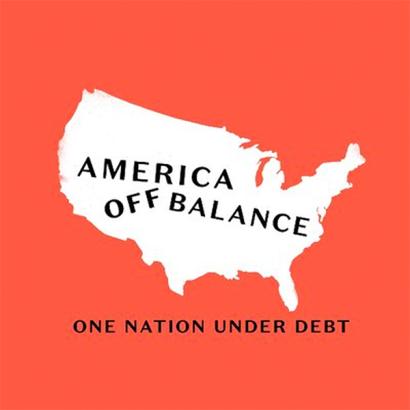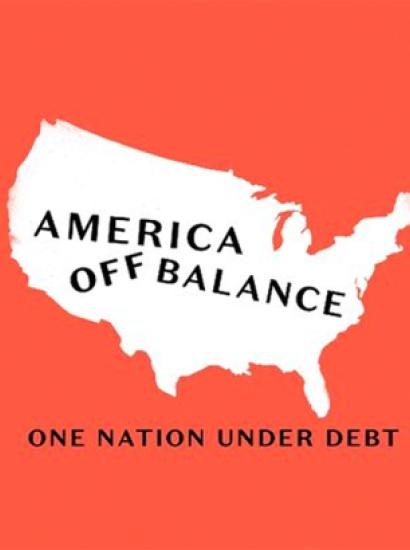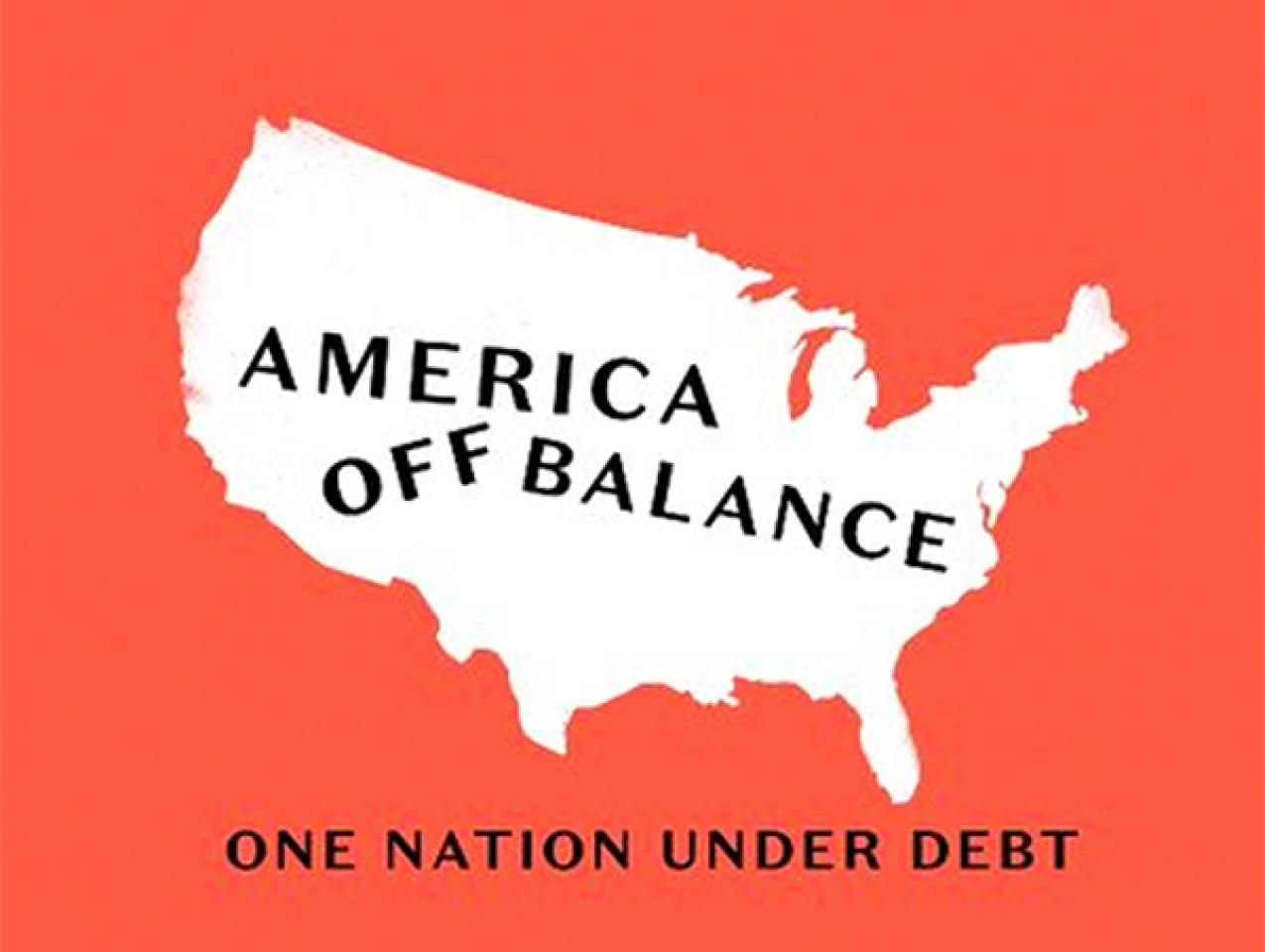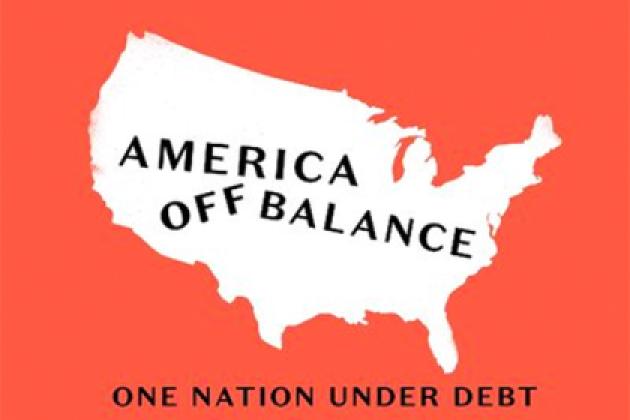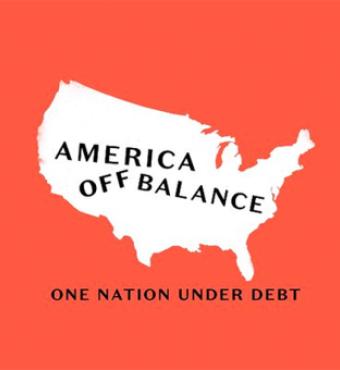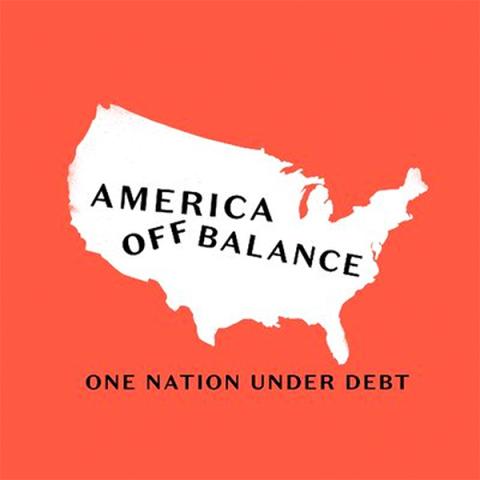- Economics
There is an impending crisis brewing in the United States that few people are talking about. The national debt is an increasingly large problem, and the future projections are dire. The federal debt is over $16 trillion and the deficit in 2018 was $790 billion. At the current pace, the federal debt will exceed to 150% of US GDP by 2048. Do you know who has to pay that federal debt? Every American. Right now, every American’s share of the debt is $46,000, and a person born today will bear $120,000 in federal debt by the time they turn thirty. This decreases investment, leading to economic stagnation across the country and lower wages for everyone. “The federal government faces a fiscal challenge unlike any other in US history. Unless budgetary reforms are made, the federal debt will soon rise to fiscally dangerous levels,” said John Cogan, Hoover’s Leonard and Shirley Ely Senior Fellow.
So if this is such a big crisis, why aren’t politicians talking about it? The most impactful reforms to fix the budget are deeply unpopular across party lines: reducing the costs of entitlement programs such as Social Security, Medicare, and Medicaid. These reforms would have a lasting long-term impact, but instead, politicians choose short-term reforms that in the end will make the debt crisis worse. With an upcoming election and bold reform promises being made by presidential candidates that will in fact result in increasing the federal debt, greater attention needs to be paid to the debt crisis and how to fix it.
To combat this impending crisis, the Hoover Institution recently launched America Off Balance, an interactive digital site that allows visitors to simulate their own plans for federal budget reform and see whether they would affect the debt crisis in an impactful way. Visitors can examine the tradeoffs that spending cuts, tax increases, and growing the economy would have on the federal debt. America Off Balance hosts three interactive digital products designed to increase public awareness about the debt problem and to provide tools for visitors to evaluate the fiscal effect of policy changes, and even create their own federal budgets:
- The Balancing Act is an interactive tour of the budget that highlights the effectiveness of popular budget and economic reform proposals. Users discover how small reforms are insufficient for solving the budget crisis and learn that avoiding massive debt requires inescapably overhauling entitlement programs and pursuing pro-growth economic reforms.
- The Budget Calculator is a transparent and comprehensive tool designed to identify and test new budget reforms. It empowers policymakers, staffers, journalists, and the general public to discover, assess, and share innovative budget ideas. It offers significant functional improvement over existing budget calculators by giving users the ability to alter how spending programs grow, test different economic assumptions, and see the impact of specific budget reforms. It will be updated regularly to reflect new budget and economic data. Do you know what it takes to fix this crisis? Try out your own solutions to solve the budget crisis here.
- Budget Matters features regular articles on the budget and offers in-depth analyses of potential budget reforms. The platform uses the Budget Calculator’s powerful tools to illuminate and simplify complicated budget issues.
Related Resources
- Don’t Make It Worse
- Standardize, Don't Itemize
- Budget Myopia
- Budget Matters
- Which Adds More to the Deficit? Defense Spending or Social Security & Medicare?
- Indiscretionary Spending
- The $22 Trillion Debt Is Gross
- On the Third Rail
- Reconsidering Last Year’s Budget Proposal
- Calculator FAQ
- A Plan for Reducing Debt: Eliminate the Billionaires?
- Are We Growing Too Slowly?
- Ending Insurance Coverage Provisions of the Affordable Care Act







